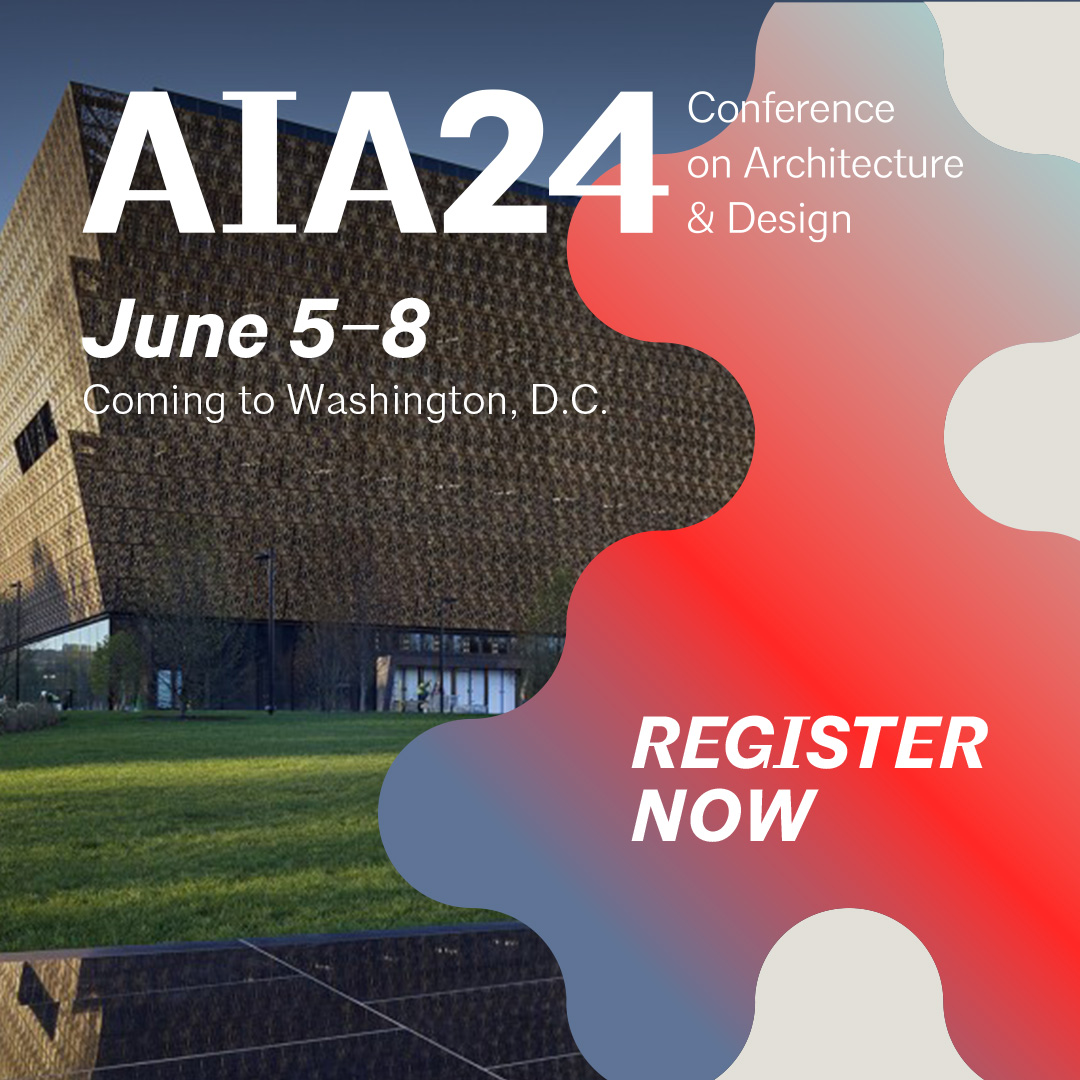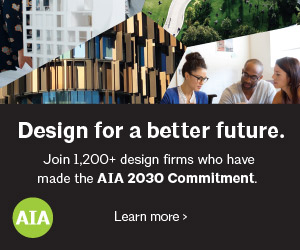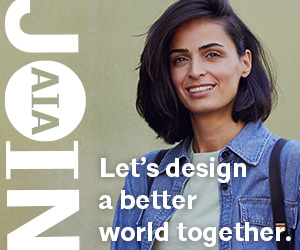I Am AIA:
Megan Ingalls Assoc. AIA
ExpandMegan grew up appreciating spaces with stories while learning about the growing need for solutions to anthropogenic environmental degradation. She was inspired to combine these passions when she began studying passive design principles. Megan continued on her built environments track while working on related aspects of human-ecosystem relationships, as when addressing the possibilities and consequences of King County’s sole-source rainwater harvesting systems permits. Since then, she has worked to expand a network of leverage points that promote research and design practices regarding all things green.
Why did you join AIA Seattle?
I had recently graduated from the University of Washington and gotten my LEED Green Associate certification, and I was looking for meaningful ways to get involved with sustainable design projects. I had experience with the social side of design but wanted to be engaged in more technical discussions, too.
What is the value of AIA to you?
AIA has been perfect platform for connecting ideas across firms. With wide representation and energetic collaboration between members, it has allowed me able to both broaden and refine the scope of my design goals. Attending cross-committee events also reminds me to consider the people for whom we are designing. It’s easy to get lost in the details of a project, and the range of topics keeps the big picture in sight.
What relationships have you created?
Through the Committee on the Environment (COTE), I have had the pleasure of bringing together professionals from several different fields at our events. A few members and I just recently met with Structural Engineers Association of Washington (SEAW) Sustainability Committee, in part to talk about how COTE and SEAW can join forces to start more green conversations between project designers. I have also attended events and meetings with other AIA committees like Women in Design and the Urban Design Forum to support their projects and build more bridges between us.
What inspired you today?
Barbara Erwine’s Creating Sensory Spaces.
Has your career taken you anywhere you didn’t expect?
My career has just begun, but so far I’m on track with my plans, since just about anything related to reversing climate change and ecological degradation is right up my alley. I didn’t expect to be working on King County rainwater harvesting policy, but I’m glad for anything that rounds out my experience in resource consumption solutions. Right now, I’m beefing up my knowledge of thermodynamics to get a better technical understanding of passive heating and cooling principles.





